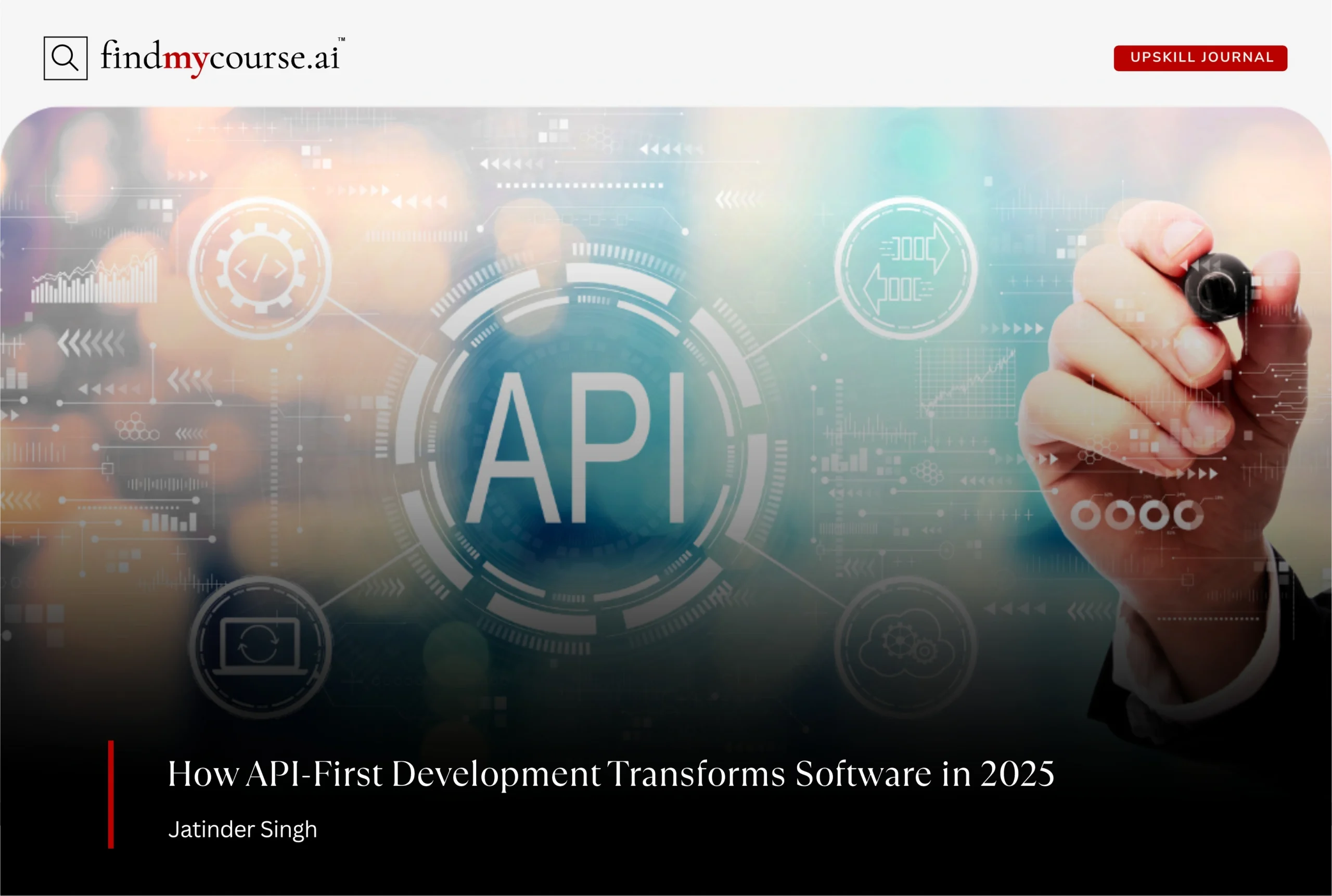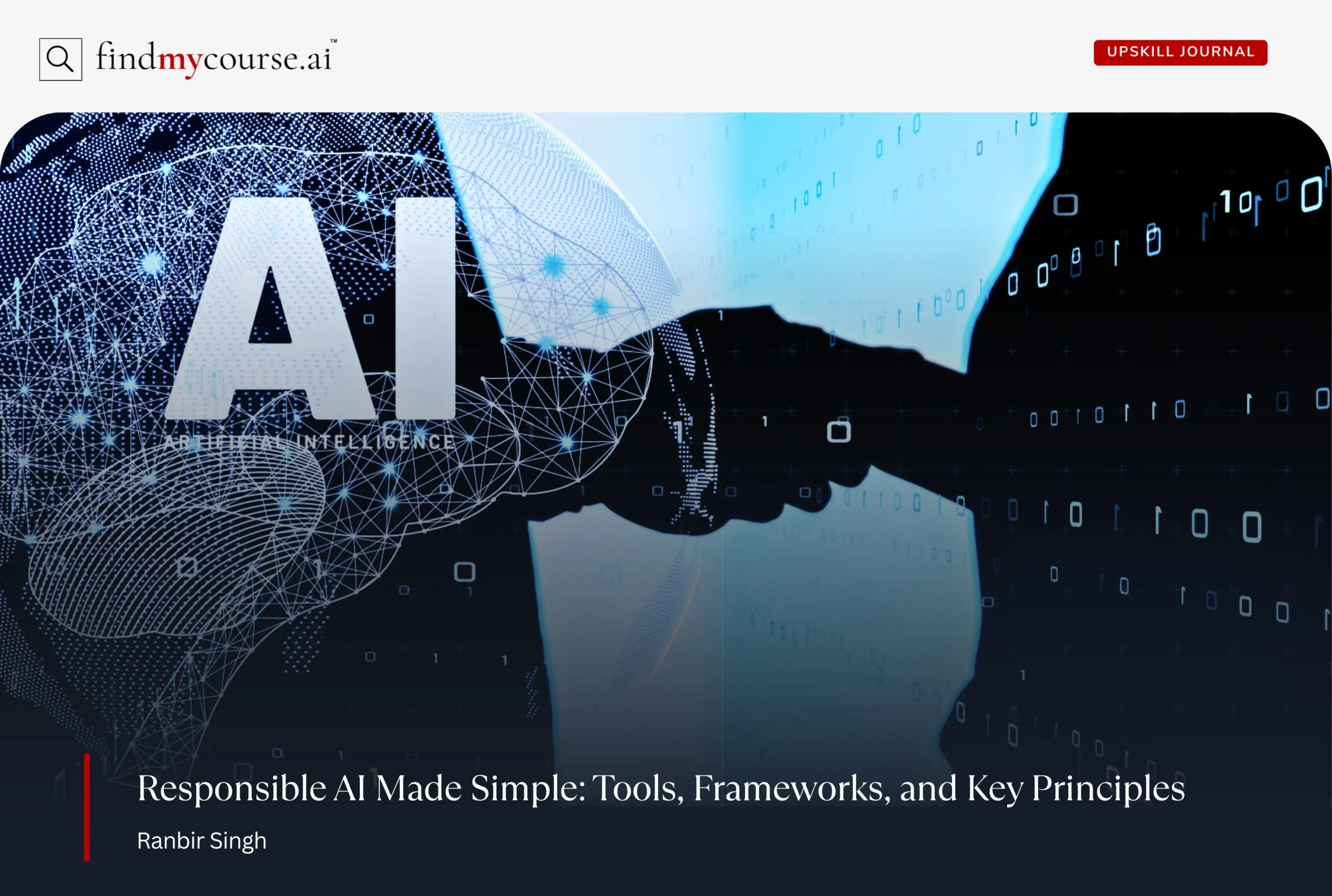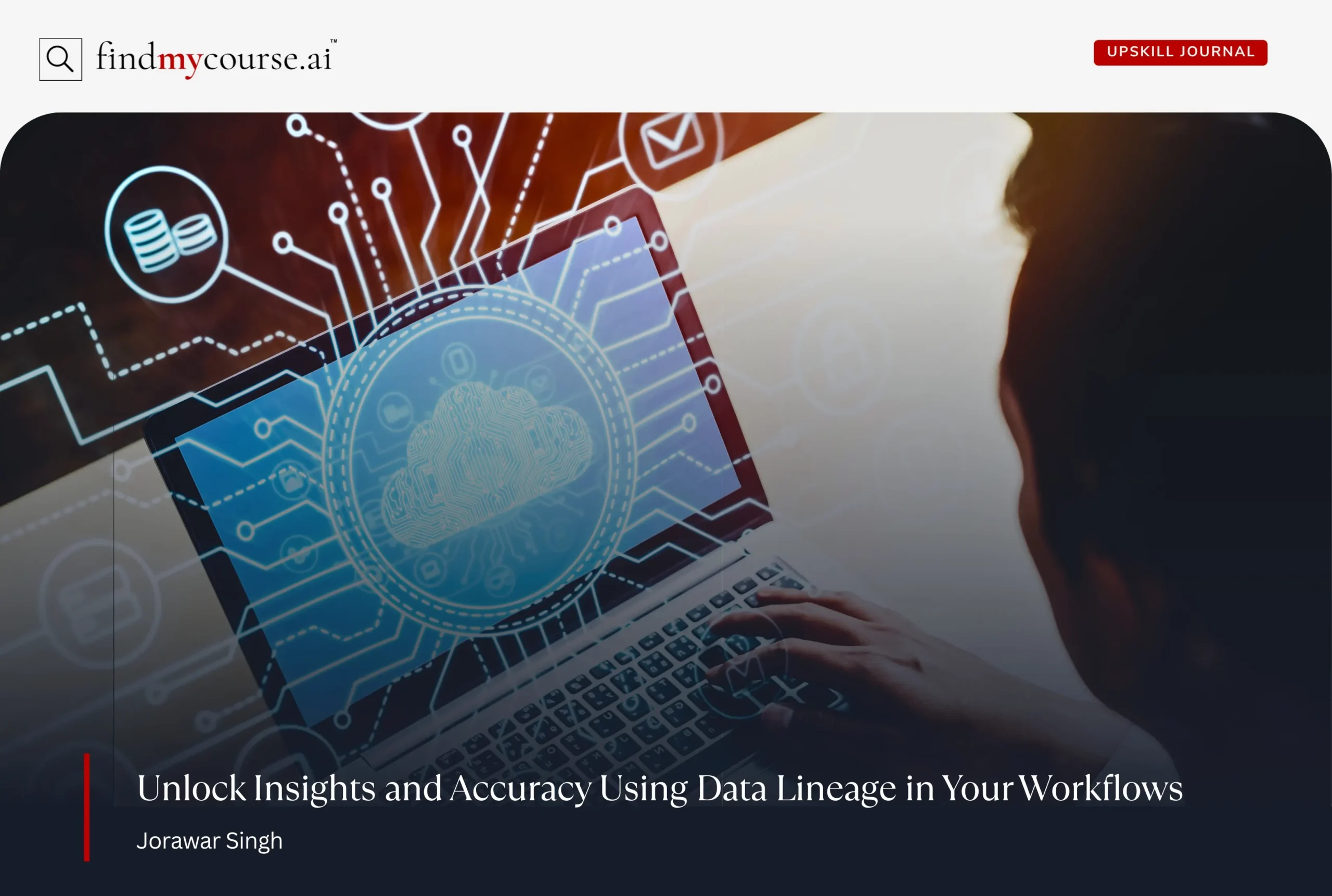Picture this: you’re planning to build a city. Instead of randomly constructing houses, you start with roads, water systems, and power lines. Everything else grows from that foundation. Software development works the same way. When teams design the interface that connects all services before writing a single line of code, they’re practicing API-First Development. This approach has reshaped how companies create digital products. In 2025, as digital ecosystems grow more interconnected, API-First thinking isn’t optional—it’s the foundation of resilient innovation. Let’s dive into what it means and why it matters more than ever in 2025.
What Exactly Is API-First Development?
API-First Development is a software design approach where the API is treated as the foundation of the system, designed and documented before any code is written. It establishes a clear contract that defines how services communicate—covering endpoints, data formats, errors, and security. By putting the API at the center, teams gain alignment, accelerate collaboration, and build systems that are consistent, modular, and ready for integration from the very start.
Instead of diving straight into application code, teams begin with an API specification. This detailed plan outlines:
- The available endpoints
- The data that flows in and out
- The way errors are managed
- The security rules that govern access
Teams often use industry standards such as OpenAPI for RESTful APIs, AsyncAPI for event-driven systems, or GraphQL for flexible queries, ensuring the specification is consistent and easy to integrate across platforms.
The Rise of API-First Development
Traditionally, software was built from the inside out. Developers wrote backend logic, then added an API later if integrations were needed. This often led to messy, inconsistent systems where each addition felt like patchwork.
API-First Development flips that order. Instead of being an afterthought, the API is the starting point. Teams design the API as the blueprint—the central contract everyone agrees on. Once that’s clear, front-end, backend, and mobile developers can all work in parallel.
From banking apps to healthcare systems, organizations are realizing that APIs built first are more adaptable, more secure, and ultimately more powerful.
Why API-First Development Matters
The true value of API-First approach lies in the advantages it brings to teams and organizations. From smoother collaboration to stronger security, its impact can be seen in several key areas.
1. Collaboration Without Bottlenecks
In traditional workflows, front-end developers often had to wait for the backend team to finish. With API-First Development, mock APIs allow them to start immediately. Many teams use tools such as Postman or Stoplight, which can generate mock servers directly from an OpenAPI specification, keeping progress steady across all teams. Consequently, everyone moves faster, and time-to-market shrinks.
2. Software That Scales Gracefully
APIs created first are naturally modular. Need to add a mobile app? Want to integrate a partner service? With a well-designed API, these additions become far easier. The system grows gracefully instead of becoming a tangled web.
3. Seamless Connectivity Across Platforms
In 2025, software rarely lives in isolation. Whether it’s a shopping app syncing with payment gateways or a wearable device sending health data to doctors, integrations matter. An API-first approach ensures those connections are smooth from day one.
4. Consistency and Developer Happiness
Developers love predictability. APIs designed first are often more consistent, with clear documentation and reusable patterns. This reduces errors, saves time, and makes external partners more eager to adopt your system.
5. Security Baked In Early
APIs are often the most exposed part of any system. Designing them first allows security measures—like authentication, encryption, and throttling—to be embedded upfront. This proactive approach makes systems stronger against modern threats.
How API-First Development Works
Adopting an API-first approach is like laying the foundation before building a house. With the right steps, teams can ensure stability, flexibility, and seamless collaboration from the start.
1. Define a Clear API Contract
The first step is creating a shared contract before development begins. Using standards like OpenAPI, teams define endpoints, data formats, error responses, and security rules. This contract acts as the single source of truth, ensuring alignment across all teams and reducing confusion later.
2. Prototype and Mock Early
Instead of waiting for the backend to be finished, mock APIs allow developers to simulate real responses. This enables front-end and mobile teams to move ahead immediately, accelerating progress and highlighting potential issues before they become costly. Early prototyping builds confidence and keeps momentum high.
3. Involve Cross-Functional Teams
API design impacts far more than just engineering. Product managers, UX designers, and even end users should have input. By gathering diverse perspectives early, the API becomes more practical, user-friendly, and business-focused. This inclusive approach ensures the final product reflects real needs rather than only technical assumptions.
4. Automate Testing and Documentation
Automation is critical for consistency. Contract tests confirm the API behaves as agreed, while continuous integration prevents regressions. Auto-generated documentation keeps information accurate, speeds onboarding, and makes it easier for both internal and external developers to adopt the API effectively.
5. Plan for Versioning and Growth
Technology evolves quickly, so APIs must evolve too. Building with versioning, scalability, and backward compatibility in mind ensures smooth adaptation to new requirements. With this foresight, updates enhance the system without disrupting existing integrations.
If you are new to this approach, check out the API Development (by Codio) by Coursera — a self-paced online learning program for learners that covers both accessing existing APIs and creating new web APIs from scratch.
Real-World Impact: Why Industries Are Shifting
By 2025, API-first thinking has moved from niche practice to mainstream strategy. Across industries, APIs are no longer just technical enablers — they’re becoming the backbone of digital transformation.
- Financial Services: Support open banking through secure APIs, driven by regulations like PSD2, enabling trusted connections with third-party apps.
- Healthcare: Rely on standards such as FHIR (Fast Healthcare Interoperability Resources) to exchange patient data safely between hospitals, insurers, and mobile health apps.
- Retail: Use APIs to unify e-commerce, inventory, and logistics systems, powering seamless omnichannel customer experiences.
The pattern is clear: industries that embrace API-First Development are more agile, more connected, and better prepared for the future. Companies leading in digital transformation increasingly point to APIs as their competitive advantage.
Conclusion
API-First Development isn’t just a coding practice—it’s the foundation of future-ready software. By treating APIs as blueprints and contracts, teams build faster, safer, and more scalable systems. In 2025 and beyond, APIs will remain the backbone of digital innovation, powering everything from finance to healthcare. The real question is: how quickly can your organization embrace this shift? If you’re ready to explore API-first strategies tailored to your needs, ask our AI assistant to guide you.


